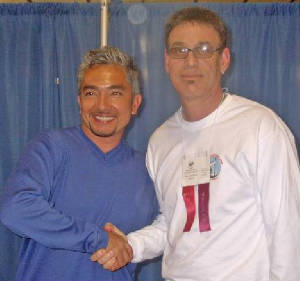A dog’s fur is one of the quintessential parts of his appearance. There’s the color, the length, the texture, and the patterns. The coat also determines his grooming needs and how he handles different weather conditions. The two different coat types are grouped into single coats and double coats.
Coat types can be traced back to the breed’s original purpose and habitat in most dogs. The double coat has an undercoat of soft, thin fur for insulation and an outer coat of “guard hairs,” making them better suited for cold weather or running through brush. Single coated dogs have only the outer layer of “guard hairs.”
Dogs with Single Coats
Single coated dogs are those with only one layer of fur, which is often referred to as hair instead. The coat is dense and the hair can be any length or texture. For some idea of the variety in hair types among single coated dogs, all of these breeds sport one coat:
- Poodles
- Chihuahuas
- Greyhounds
- Spaniels
- Bulldogs
Among single coated dogs, those with short hair are often extremely easy to groom. Longer coated dogs, especially when they have silky hair like an Afgan hound or pomeranian, require daily brushing and frequent clipping to keep their coats neat.
Dogs with a single coat are better equipped to handle warmer weather as their lack of an undercoat limits their insulation. A coat might be necessary for these dogs in cold winter climates.
In general, single coated dogs shed less as they won’t lose their undercoat. Many are said to be hypoallergenic as well, but this may not be the case for every single coated dog.
Dogs with Double Coats
Sometimes described as having fur instead of hair, these dogs gain additional protection from their downy undercoat and more robust overcoat. Both coats come in multiple lengths depending on the breed, such as:
- Border Collies
- Labrador Retrievers
- Huskies
- Corgis
- German Shepherds
Many double coated dogs require frequent grooming to keep the undercoat from matting and brush out any dead hairs. These dogs may also shed extensively. Seasonally, many breeds “blow,” or shed, their undercoat as the weather changes.
If your dog isn’t one of the breeds listed above or you have a mix, you can determine what type of coat he has by gently pulling back the fur. Dogs with a double coat will have shorter hairs near the skin with a different texture than their outer fur.
It’s worth knowing your dog’s coat type so that you can ensure you are following the correct grooming routine - from brushing to bathing to trimming - to keep him looking his best.





